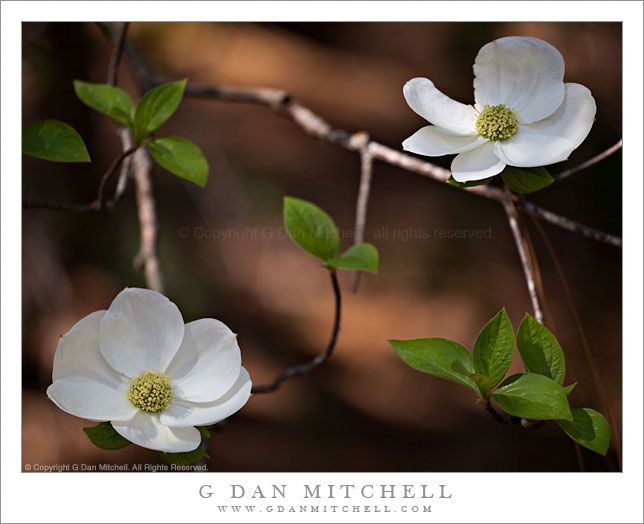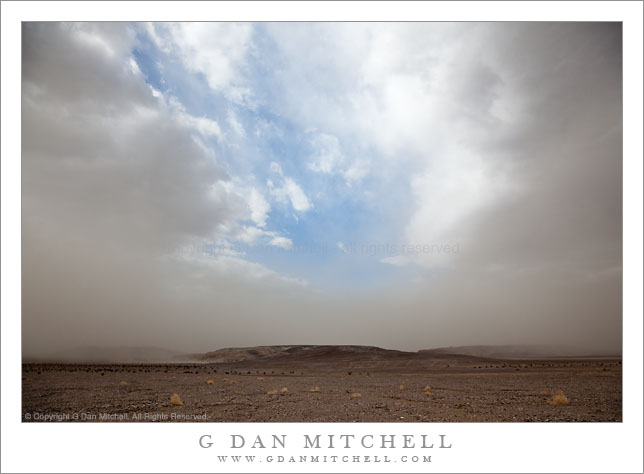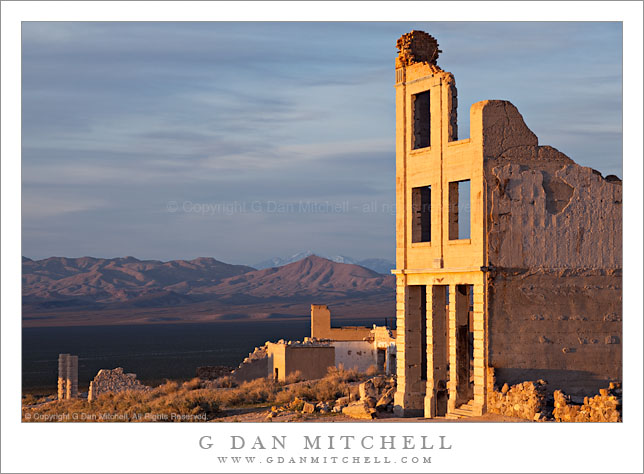
Dogwood Blossoms and Leaves. Yosemite Valley, California. May 9, 2009. © Copyright G Dan Mitchell – all rights reserved.
Spring dogwood tree blossoms and new leaves, Yosemite Valley.
I found this pair of dogwood blossoms and the accompanying diagonal arrangement of new leaves when I left the crowded “Mirror Lake Trail” (which is, in reality, a road…) and instead walked the parallel and much more attractive footpath through the forest. It can be hard to get a full view of the dogwood flowers from above since the great majority of the flowers grow above eye level. Here I found a large boulder parked next to a tree, and while the leaves were a good distance up in the tree, by climbing onto the boulder and setting my tripod up on top I was able to find a good high position to photograph them.
This photograph is not in the public domain. It may not be used on websites, blogs, or in any other media without explicit advance permission from G Dan Mitchell.
keywords: california, sierra nevada, travel, Yosemite, valley, national, park, usa, dogwood, tree, leaf, bloom, blossom, bracht, petal, white, leaf, leaves, branch, dark, forest, bokeh, sun, light, nature, scenic, mirror lake, trail, sun, sierra, nevada, mountians, stock



